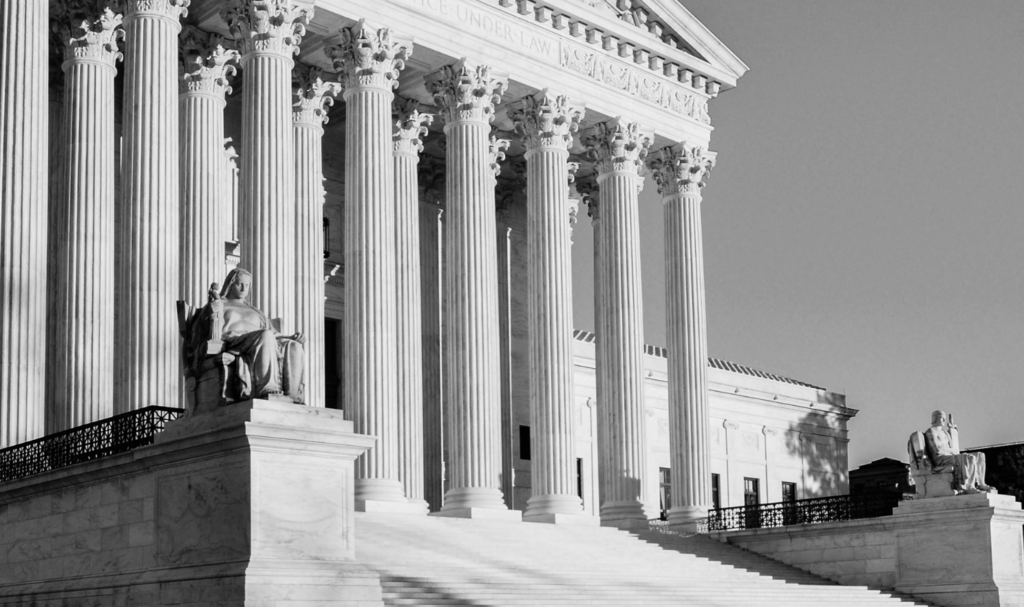The recent U.S. Supreme Court decisions in Students for Fair Admission, Inc. v. President and Fellows of Harvard College (Harvard) and Students for Fair Admission, Inc. v. University of North Carolina (UNC) raised alarm bells across the higher education community. Although not directly addressed by the Court, employers are considering what, if any, impact the decisions have on their voluntary diversity goals. The short answer is none, but employers will need to get more creative with respect to outreach and recruiting efforts.
The contours of an employment-based diversity program are governed by Title VII of the Civil Rights Act of 1964 and myriad state laws prohibiting employment discrimination on the basis of race, ethnicity, and sex, among other protected characteristics. The U.S. Supreme Court has long held that workplace quotas and/or employment decisions based on an individual’s protected status, such as gender, race and/or ethnicity, are unlawful even where the purpose of these initiatives is to promote greater diversity.
While gender, race and ethnicity-based employment decisions are unlawful, voluntary diversity goals are permitted.
Considerations for Enhancing Diversity in the Workplace
Title VII does, however, permit employers to implement voluntary diversity initiatives or affirmative action efforts that are designed to provide a fair opportunity for all individuals, regardless of their race or ethnicity, as long as the employer does not engage in race- or gender-based decision making. Treating an applicant’s or employee’s race, ethnicity or gender as a “plus factor” when making employment decisions is prohibited. Robust recruiting practices aimed at diversifying the pool of applicants is lawful. Even voluntary diversity goals are permitted provided they are aspirational and employers do not consider applicants’ race and gender when making hiring and promotion decisions.
Given governing legal precedent, robust diversity will not happen overnight. Employers are running a marathon despite the fact that they would prefer to sprint to the finish line. However, there are some tried and true initiatives that will move a workforce toward greater diversity.
Creative Recruiting: Recruiting is an area where employers can get creative, see a significant impact on the diversity of their workforces, and stay within the bounds of the law. Cast a wide net. Connect with colleges and universities that have not been a focus in the past but have strong academic programs relevant to the industry. Track and, at least annually, assess the results achieved from various recruiting efforts. Eliminate those recruiting targets that do not yield a diverse pool of qualified applicants and replace them with alternative strategies.
Play the Long Game: Consider developing an internship program in connection with an HBCU or HACU that will yield qualified hires for entry level positions. Partner with a high school with a diverse student population to establish a mentoring program and pipeline for new hires.
Review Job Qualifications: Skill or experience requirements for many roles change over time. Periodically review job descriptions and minimum requirements for positions and, where necessary, revise the qualifications and reassess the recruiting strategy for those roles.
ERGs, Mentoring Relationships and Leadership Development Programs: Create opportunities for employees to express an interest in developing new skills or expanding their knowledge base so that they are better positioned for promotional opportunities. The best talent retention strategy is to promote an environment where employees see a path to more senior roles and have access to a support system to guide them along the way.
Have a holistic plan: Diversity is as much about retaining talent as it is about attracting talent. Creating a sense of belonging and opportunity for advancement is at the heart of every effective DEI&B program.
Federal Contractors’ Affirmative Action Obligations
The decisions in the Harvard and UNC cases also do not impact federal contractors’ affirmative action obligations enforced by the Office of Federal Contract Compliance (OFCCP) pursuant to Executive Order 11246. Affirmative action as required by OFCCP is codified in the regulations and focuses on robust recruitment efforts and periodic assessments of personnel practices to ensure non-discriminatory decision-making. Affirmative Action, as defined by the regulations and applicable case law, does not permit race-, ethnicity-, or gender-based decisions nor are employers permitted to treat race and/or ethnicity as a plus factor in hiring or promotion.
Conclusion
The Supreme Court’s decisions in Harvard and UNC brought affirmative action in higher education into line with the limitations employers have been grappling with for decades. Less diverse student populations undoubtedly will reduce the pool of the diverse qualified applicants for employment. However, the goal of achieving and retaining a diverse employee population is still within reach. The key to success is to think outside the box to identify opportunities to attract, retain and promote diverse talent.









